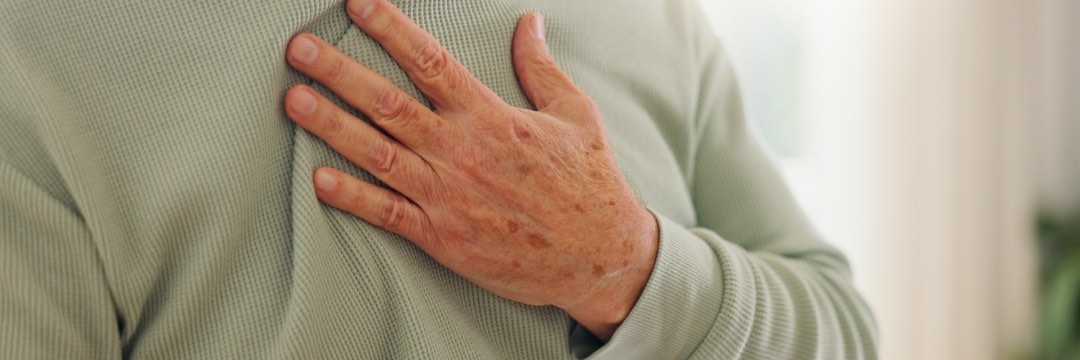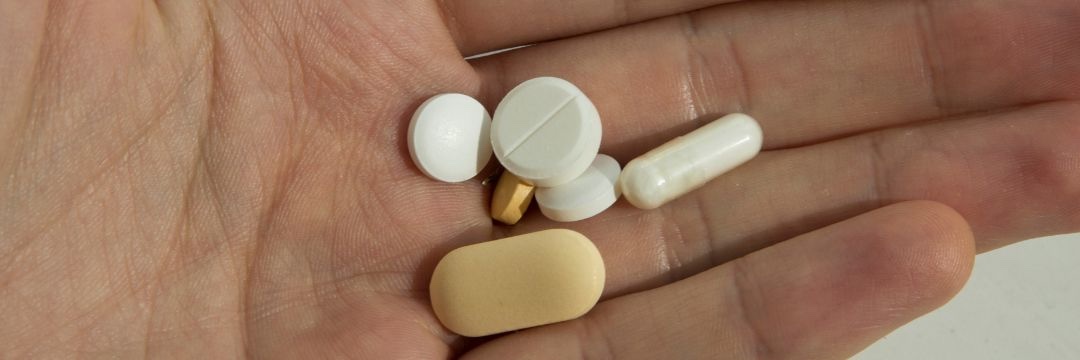A traditional fundoplication (where the upper part of the stomach is wrapped around the lower portion of the esophagus) and the LINX Reflux Management System, (a bracelet-like titanium implant to squeeze the lower esophageal sphincter) are two common surgical solutions for gastroesophageal reflux disease or GERD. Both have their pros and cons and we will discuss them in further detail in this blog.
Safety
We discussed safety first because ultimately, the safety of the procedure is of paramount importance. None of the procedures that we offer can or should be riskier than the conditions we are treating. In both cases, the procedures are very safe and proven effective. Complications and mortality rates are very low for each procedure.
Verdict: Tie
Indications
The fundoplication, specifically the Nissen Fundoplication is indicated for patients with a paraesophageal hernia. These procedures can also be performed on patients with hiatal hernias greater than 3 cm. However, a fundoplication cannot be performed on a gastric sleeve patient who may be experiencing postoperative reflux due to the removal of the fundus during the primary bariatric procedure.
The LINX reflux management system is not suitable for all patients with a paraesophageal hiatal hernia. Rather, it is more commonly used for patients with a sliding hiatal hernia. Further, any hiatal hernia greater than 3 cm in size should be reduced before the LINX is placed. However, gastric sleeve patients suffering from reflux can have a LINX device implanted to minimize and even eliminate the symptoms associated with GERD.
Verdict: LINX for gastric sleeve patients, Fundoplication for certain circumstances
Operative Time
The LINX device can be implanted in as little as 15 to 20 minutes not including preoperative prep and post-op recovery. Patients go home on the same day as the surgery.
The fundoplication requires approximately 45 minutes to an hour of operative time. Patients may be discharged on the same day of surgery or may require a night in the hospital.
Verdict: LINX
Recovery
After a fundoplication, patients will have to undergo a modified diet for a few weeks after the procedure. This is to allow the anatomy to heal. From there on out, patients can slowly normalize their diet.
LINX patients are encouraged to eat almost immediately after the procedure. Most patients have very little downtime and are back to normal activities within a few days
Verdict: LINX
Insurance
Some insurance companies have been slow to approve LINX, making it hard for some patients to get coverage. When medically necessary, fundoplications are almost always covered by a medical insurance policy.
Verdict: Fundoplication
Results
The bottom line is that satisfaction rates from patients for both procedures are extremely high. In both cases, upwards of 95% of patients feel substantial or complete relief from their GERD and are happy with the procedure
Verdict: Tie
The Bottom Line
As you can see, there are times when a fundoplication may be necessary. For example, when patients have a paraesophageal hiatal hernia or particularly large hiatal hernia. Other times, for example, with the gastric sleeve, LINX may be the best surgical option. Dr. Tsuda and Dr. Ryan will discuss our GERD treatment options during your consultation.




